The Apple iPhone 11, 11 Pro & 11 Pro Max Review: Performance, Battery, & Camera Elevated
by Andrei Frumusanu on October 16, 2019 8:30 AM ESTCamera - Daylight Evaluation: Triple Cameras
Thus far we’ve covered the iPhone 11 series' new A13 SoC, the new display and the phones' excellent battery life. But it’s very evident that above all that, Apple puts the new cameras at the forefront of the new device generation.
The new main camera on the iPhone 11s employ a new generation sensor with full dual-pixel phase-detection autofocus (PDAF) coverage. While the pixels themselves remain the same at 1.4µm in width, Apple will have likely improved the deep trench isolation (DTI) implementation, allowing for the sensor to achieve better detail and less noise.
The wide-angle camera will be the most interesting aspect of the new cameras: the 120° field-of-view of the new module will allow for a completely new perspective on photography for iPhone users, and should be a big new addition to the shooting experience of the phones.
As a note, I had started off the daylight comparison photos on the initial iOS13.0 launch version. By the time I got to the night time shots iOS13.1 was released so those photos were captured on that version. Finally, I added a quick comparison with the newest iOS13.2 and the new Deep Fusion feature towards the end of the daylight pages.
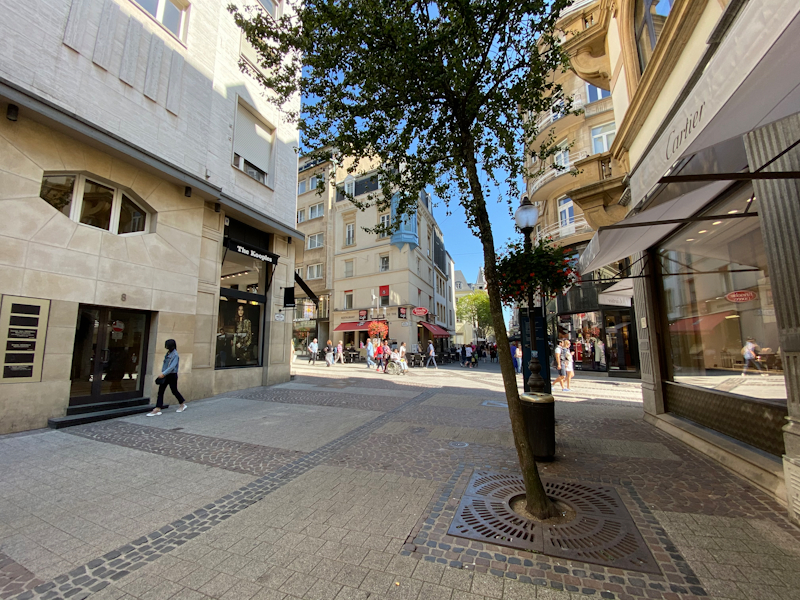
[ iPhone 11Pro ] - [ iPhone XS ] - [ iPhone X ]
[ S10+(S) ] - [ S10+(E) ] - [ Pixel 3 ]
[ P30 Pro ] - [ Xperia 1 ] - [ G8 ]
Starting off with the main camera, we’re seeing a relatively similar exposure between the XS and the 11 in this shot. I feel like the 11’s color reproduction has improved slightly. Another big difference is in the HDR handling as the sunlit areas in the street as well as the top of the building are significantly better defined on the new 11. Detail-wise I can’t say there’s been too much of a change between the two phones in this shot.
On the telephoto camera, which is only available on the Pro models, we’re seeing a slightly brighter picture on the 11. It looks like the 11 has increased noise on the textures here, and we’re seeing a bit less detail in the details further back in the scene.
The wide-angle is a fantastic new addition to the 11 series as it’s able to capture a lot more of the scene in front of you. Apple does very well in terms of maintaining a good consistency between the different cameras and thus exposure and colors are extremely similar.
Comparing the quality of the wide-angle shots to that of other phones however we see that the dynamic range is a bit lacking, and the camera is having trouble in terms of defining the foreground shadows of the trees and the flowers on the lamp-post. The module does well with textures, but is a bit lacking in finer detail.
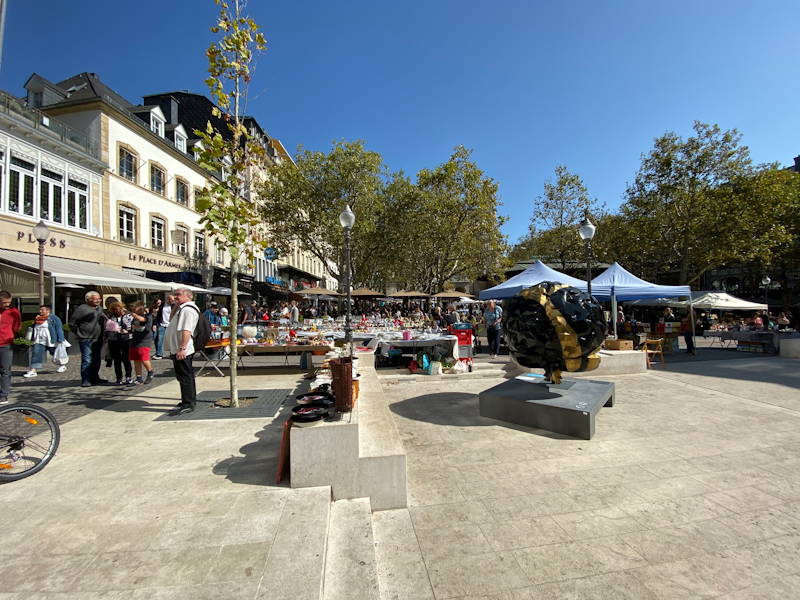
[ iPhone 11 Pro ] - [ iPhone XS ] - [ iPhone X ]
[ S10+(S) ] - [ S10+(E) ] - [ Pixel 3 ]
[ P30 Pro ] - [ Xperia 1 ] - [ G8 ]
In the next shot again, we see very similar exposures between the XS and the new 11. A definitive win for the 11 is the more accurate color temperature, as the XS had the tendency of being a bit warm. It’s very hard to make out any major differences in detail between the phones, but I do notice that the 11 has somewhat less detail in the texture of the ground.
On the zoom lens there’s very little difference again between the phones, however I feel that the 11 has less detail here and it’s as if it’s applying a sharpening filter. The trees particularly look more in focus on the XS – this might be a side-effect of the wider f/2.0 aperture lens on the new 11 module.
The wide-angle here makes it more visible that the color temperature is still a bit warm, as the concrete and stone had a greyer look to them in reality, something more similar to what the S10s are able to produce.

[ iPhone 11 Pro ] - [ iPhone XS ] - [ iPhone X ]
[ S10+(S) ] - [ S10+(E) ] - [ Pixel 3 ]
[ P30 Pro ] - [ Xperia 1 ] - [ G8 ]
On the main camera the improvements on of the HDR can be noticed again here as the 11 is better able to handle the highlights such as the leaves of the trees as well as the white tent – accurately depicting its details while the XS was clipping to white. There’s very little other difference in the details between the shots.
On the telephoto camera, here we’re definitely seeing some much increased noise on the iPhone 11 Pro's module compared to what the XS was able to deliver.
In terms of the wide-angle, I think it’s a matter of preference which phone you like most. What’s important for the iPhone 11 is that the composition between a crop of the wide-angle and the regular main camera looks almost identical and that’s a much appreciated degree of consistency.
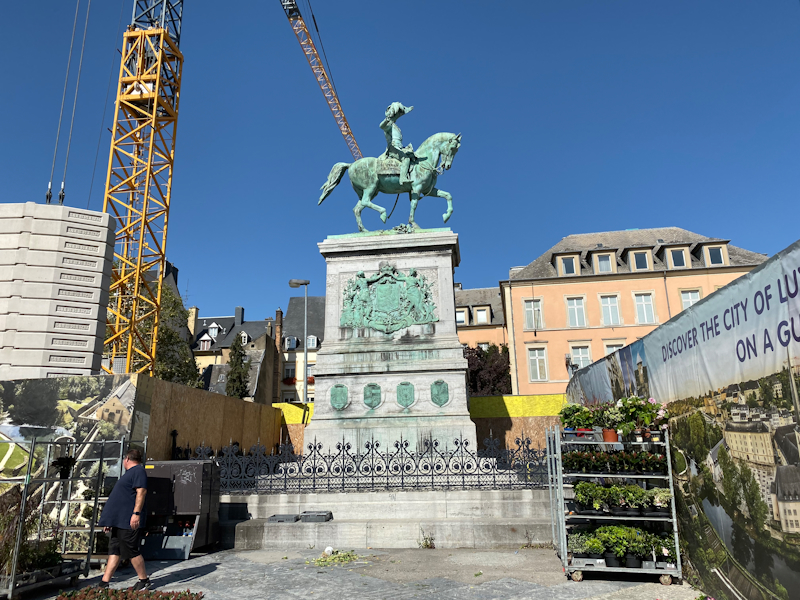
[ iPhone 11 Pro ] - [ iPhone XS ] - [ iPhone X ]
[ S10+(S) ] - [ S10+(E) ] - [ Pixel 3 ]
[ P30 Pro ] - [ Xperia 1 ] - [ G8 ]
In this shot the statue in direct sunlight, we see the iPhone 11 Pro is able to resolve more details and remain sharper compared to the XS. This time around, we can also say the same about the telephoto module as the new unit is able to clearly outperform its predecessor.
On the wide-angle, while the iPhone 11 Pro did very well in composition, when we compare the details of the ground against the S10s, we see that it appears very washed out and blurry.
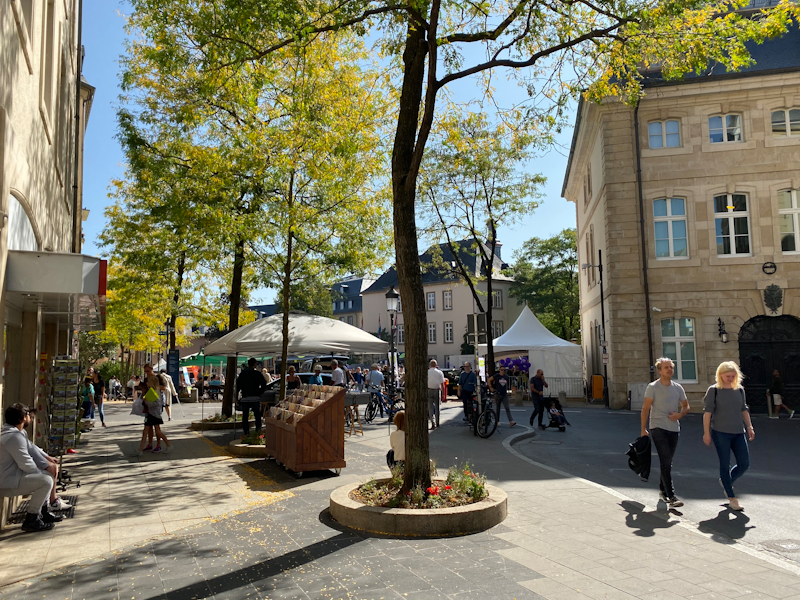
[ iPhone 11 Pro ] - [ iPhone XS ] - [ iPhone X ]
[ S10+(S) ] - [ S10+(E) ] - [ Pixel 3 ]
[ P30 Pro ] - [ Xperia 1 ] - [ G8 ]
In this shot you’d have an extremely hard time telling the iPhone 11 Pro and the iPhone XS apart. The 11 is able to render the tree leaves a little bit livelier, and I can see just a little bit less detail in the pavements, but other than that the shots are almost identical.
The telephoto here again seems to be as finely defined as on the XS – again not sure if this is due to optics or due to processing.
The wide-angle shot is excellent and I think a lot more natural than the Galaxy phones, really only falling second to the P30 Pro’s wide angle unit.
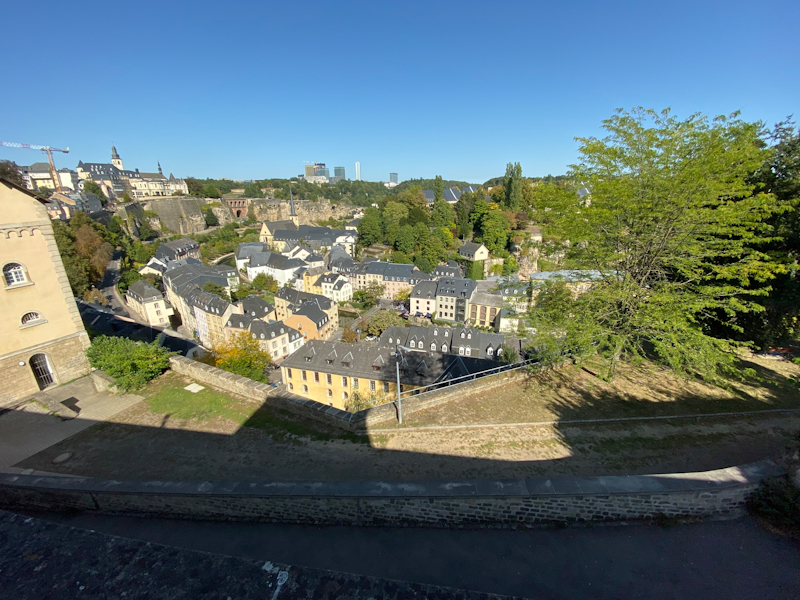
[ iPhone 11 Pro ] - [ iPhone XS ] - [ iPhone X ]
[ S10+(S) ] - [ S10+(E) ] - [ Pixel 3 ]
[ P30 Pro ] - [ Xperia 1 ] - [ G8 ]
The iPhone 11 Pro is able to better extract the saturation of the sunlit foliage in this shot and I think it looks a lot livelier than the XS. Detail between the two generations are even.
In the telephoto modules we see the same saturation change for the better, and this is one instance where the 11 does better in terms of detail as it’s able to have better definition of the roof tiles.
Apple’s wide-angle here is the most natural, even though it’s lacking Samsung’s much wider dynamic range – the latter here went a bit wacko in terms of the luminosity/saturation processing.
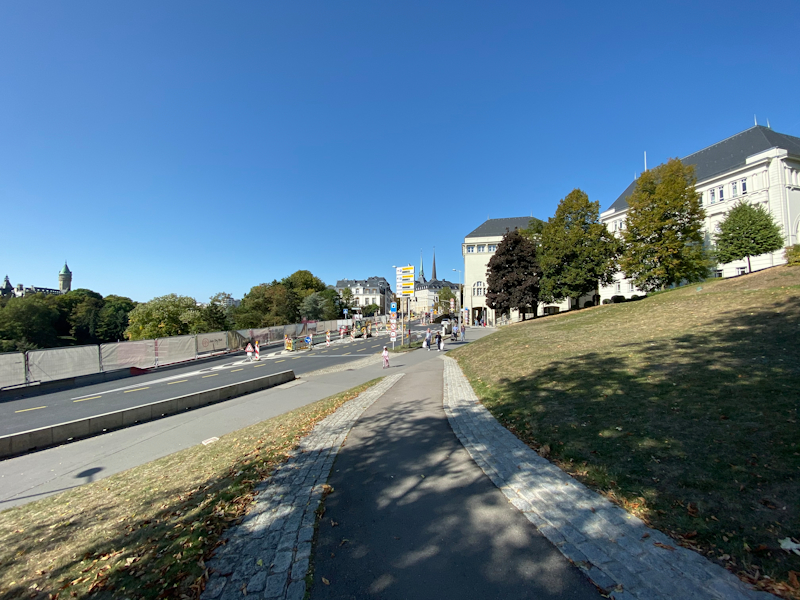
[ iPhone 11 Pro ] - [ iPhone XS ] - [ iPhone X ]
[ S10+(S) ] - [ S10+(E) ] - [ Pixel 3 ]
[ P30 Pro ] - [ Xperia 1 ] - [ G8 ]
Apple’s main improvements here again are color balance and better HDR retaining more details in the highlights of the sun-lit parts.
The telephoto keeps flip-flopping between being an improvement and being a degradation. Here the 11 has again more noise in it and appears less sharp than the XS. Also notice the reds of the traffic signs is a lot more muted on the 11, something also present on the main camera.
Composition of the wide-angle is good although it’s lacking in dynamic range compared to the S10. It’s also noticeably lacking in detail.

[ iPhone 11 Pro ] - [ iPhone XS ] - [ iPhone X ]
[ S10+(S) ] - [ S10+(E) ] - [ Pixel 3 ]
[ P30 Pro ] - [ Xperia 1 ] - [ G8 ]
In the next scene we’re seeing quite a large difference between the 11 Pro and the XS: The 11 is quite a lot brighter but at the same time the sky is also a lot more blown out. The brighter picture does end up more representative of the scene at the time.
On the telephoto the 11 Pro has more contrast, but it’s again noisier. The foreground parts we can see a bit of blur caused by the camera’s shallower depth of field due to the larger aperture.
The wide-angle did very well in terms of exposure here as some phones tended to be too dark.


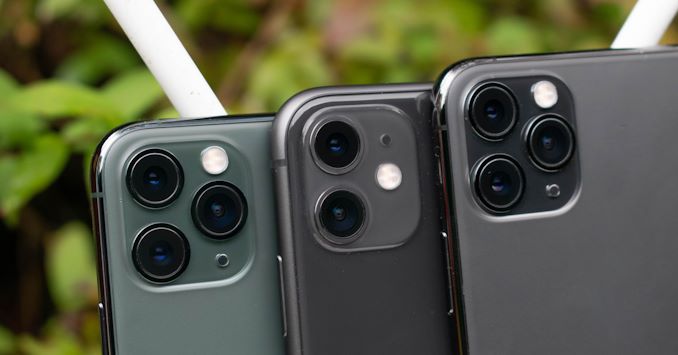








242 Comments
View All Comments
FunBunny2 - Wednesday, October 16, 2019 - link
" also future phone reviews:. Please test the call quality and reception "such a Luddite!!!! you actually expect a mobile phone to actually make land-line quality calls????? where have you been for the last decade???? :):) don't worry, though. real 5G will require a receiver on your house's roof and a super-duper wifi thingee to get it to work. real 5G won't work anywhere else, of course. wait... doesn't that sound like a land-line????
FreckledTrout - Wednesday, October 16, 2019 - link
Shh, adults are talking.eastcoast_pete - Wednesday, October 16, 2019 - link
What can I say? I'm old-fashioned that way: for me, a smartPHONE has to work as a phone to justify its name. As I wrote, I tried out some otherwise capable mobiles, great screen and all, but they really tanked on call quality and reception.eastcoast_pete - Wednesday, October 16, 2019 - link
Forgot to add: And, I'm not even expecting landline quality, just a bit better than Armstrong's voice from the moon 50 years ago. Plus, his call to Earth wasn't dropped. Not too much to ask, is it?Drumsticks - Wednesday, October 16, 2019 - link
My guess is this is too hard to measure repeatably and precisely. I wouldn't mind some anecdotal opinions, but at that point you might as well get those from a different website anyways.eastcoast_pete - Thursday, October 17, 2019 - link
An anecdotal or purely qualitative statement would suffice. No fancy analysis. "Loud and clear" vs. "hard to understand", spotty, dropped words etc is plenty to go on, and takes only a few minutes of testing.Pro-competition - Friday, October 18, 2019 - link
Internet calls such as Whatsapp / FB calls for me have mostly been inferior to "normal calls" which use the Public Switched Telephone Network. For this reason, I still pay telcos an additional fee to make such "normal calls".PS: This is from someone who lives in a country where 1Gbps home fibre and 4G+ has been prevalent for many years now, and is about to roll-out 5G next year.
shompa - Thursday, October 17, 2019 - link
Signal strength? The only situation that is plausible is in the woods. Otherwise: just enable WiFi calling. Signal strength is no issue then.eastcoast_pete - Thursday, October 17, 2019 - link
For performance with low signal strength, my building's basement is another, reproducible example (1-2 bars of 5 max), so no walk in the forest required. I believe that Andrei could find a convenient location where his carrier of choice has low signal, and just test it there. I am not looking for dB levels, just a qualitative statement.Someguyperson - Wednesday, October 16, 2019 - link
Your iPhone 11 Pro GPU efficiency numbers are off. The "warm" values aren't even on the chart. You need to take the sustained values from the chart and redo the calculations in the tables.